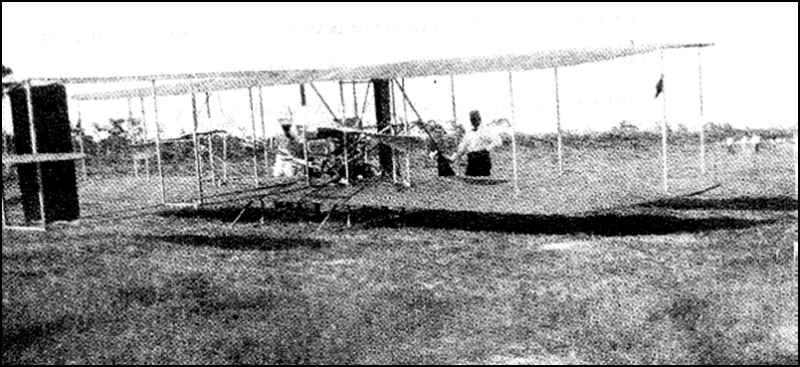
Everest G, Sewell (HAIF collection)
BY DR. THELMA PETEBS, Ph.D.
In the summer of 1911 President
Taft celebrated his twentv-fifih wedding
anniversary England had a
new king. George V; economic optimism
had replaced the 1907 panic;
and the University of Florida had just graduated its largest class- thirty-one.BY DR. THELMA PETEBS, Ph.D.
Miami was fifteen that summer; population five thousand. paved streets twenty-five mi1es. The First National Bank had a capital stock of S100,000, the local chapter of the W.C.T.U. met regularly to fight Demon Rum, a room at the San Carlos cost $2.50 a day, E. B. Douglas sale-priced "elegantly trimmed ladies' drawers" for 99c, and a kid with fifteen cents could swim in ihe pool of the Royal Palm Hotel.
Dr. Thelma Peters wrote this article for Update ten years ago and this is the time to reprint it.
With exuberant civic pride the city fathers proclaimed a three-day celebration of their
Magic' City's birthday. Everest G. Sewell, pioneer Miami booster, was named chairman of the celebralion committee.
The top event during three days of parades. baseball games. excursions, boat races, and banquets was to be the actual flight of an actual aeroplane. Most of lhe people in Dade County had never ieen one. Mr. Sewell contracted with the Wright Brothers of Dayton, Ohio, to send down a Wright biplane by train along with a "birdman" who would make six demonstration fliqhts. three on July 20, three on July 21. The cost was 5$7,500, money eagerly donated by merchants and other individuals.
An aeroplane in Miami? The ex- citement was almost too much to bear. A few weeks before the plane arrived the Daily Metropolis commmented that a new disease of epidemic proportions had hit Miami - a disease diagnosed as "aero-planitis", one symptom of which was a rubber neck. People with the disease kept tilting their heads back and scanning the sky.
The city namedJune 22 as Clean-UP Day Store fronts got fresh paint. back yards were raked, streets repaired and swept, and housewives aired Ihe guest bedroom.
Preparations intensified as July 20 approached. Sheriff Dan Hardie and a jail trusty climbed all over the two-story, native-stone courthouse, draping it with red.
Seminole Indians moved into tents in the rear of Girtman Brothers store, Cypress, Frank, Coffee and Teeth Pull Tiger, Phillip Bi11ie, Johnny ]umper, Harry Doctor and others, including squaws and children. Some were to ride on a float in a parade. Some were to do a war dance on Twelfth Street. A1l were curious to see what the white man was up to.
At Miami Golf Links, as Miami's only golf club was known at that time, a grandstand was built near The fairway which was to serve as runway. The Golf Links were out in the country and up the Miami River in the location of the present Civic Center The local militia, the Miami Rifles, commanded by Captain G. D. Brossier. patrolled the field to keep spectators safeiy away from the plane.
Almost everybody in South Florida, guest or resident, was at the Golf Links on the afternoon of Iulv 20 They came by foot, on wagons, on horseback, by bicycle, and in the high-wheeled, snub-nosed autos of that
 Wright Brothers bi-plane in which Aviator Howard Gill took off at the Miami Golf Links as part of Miami's three-day
Wright Brothers bi-plane in which Aviator Howard Gill took off at the Miami Golf Links as part of Miami's three-day
